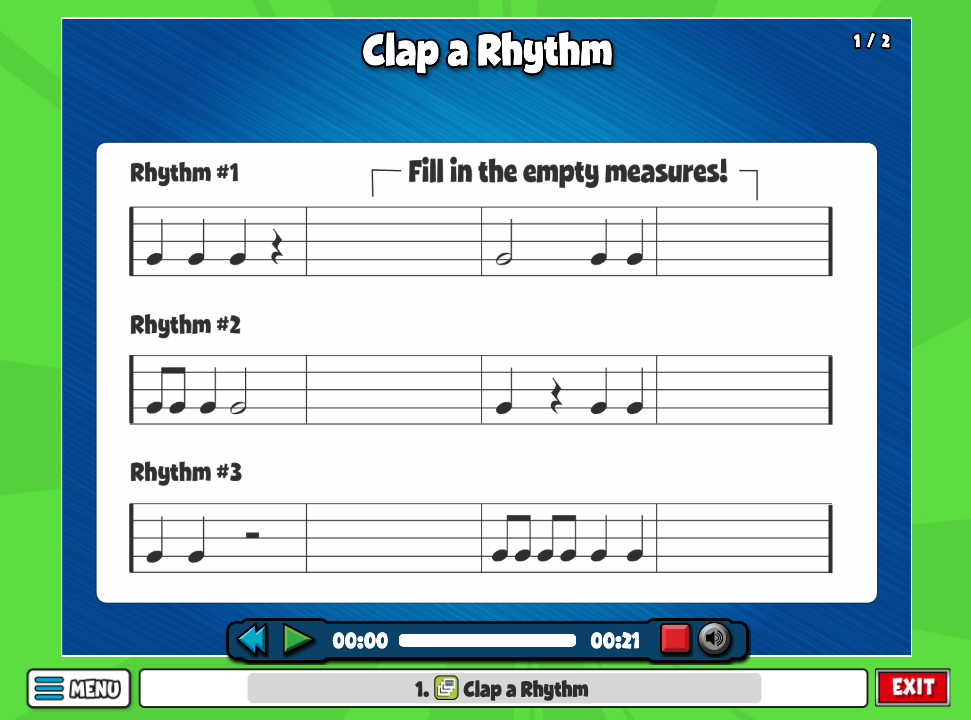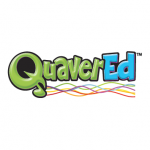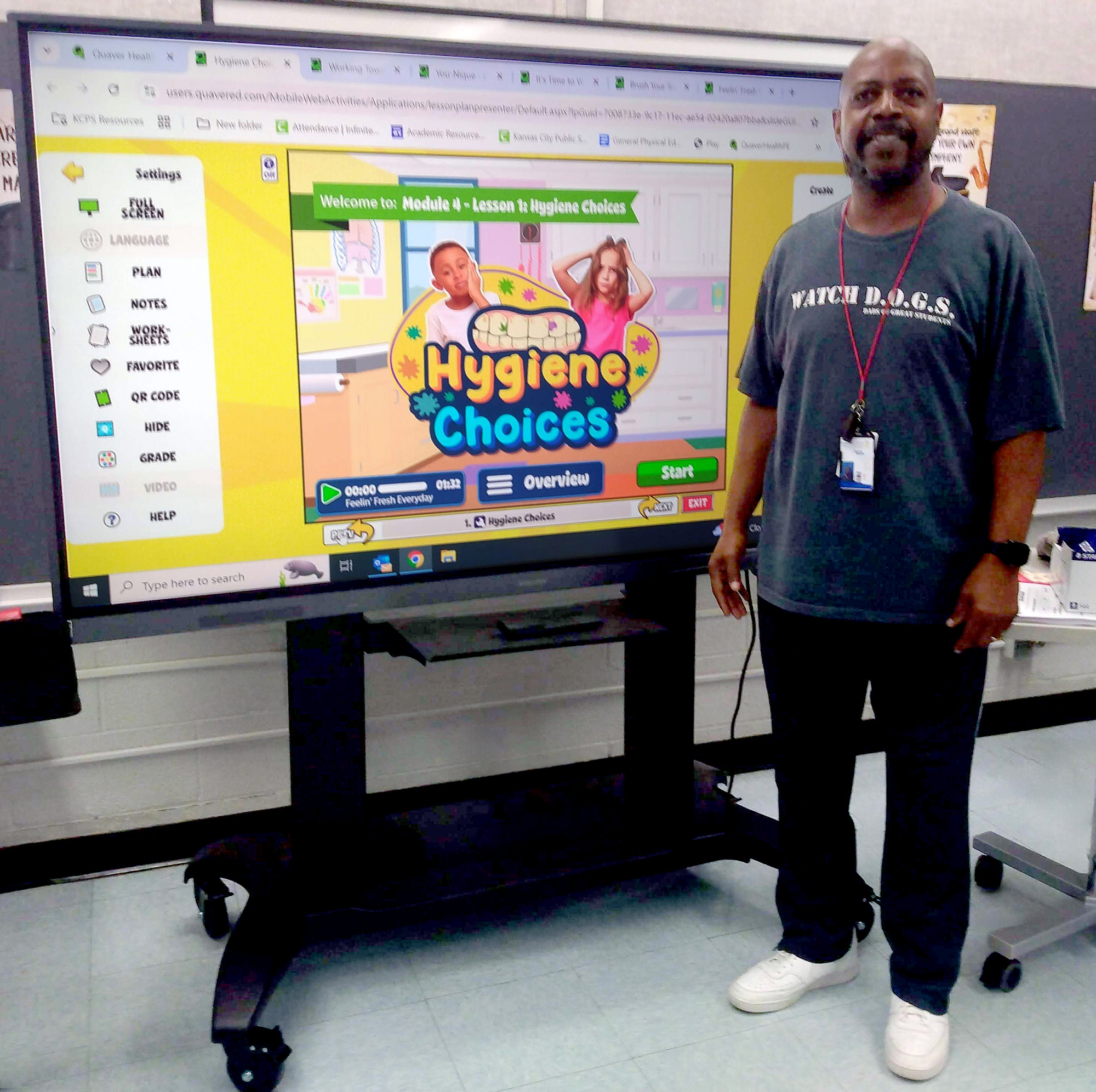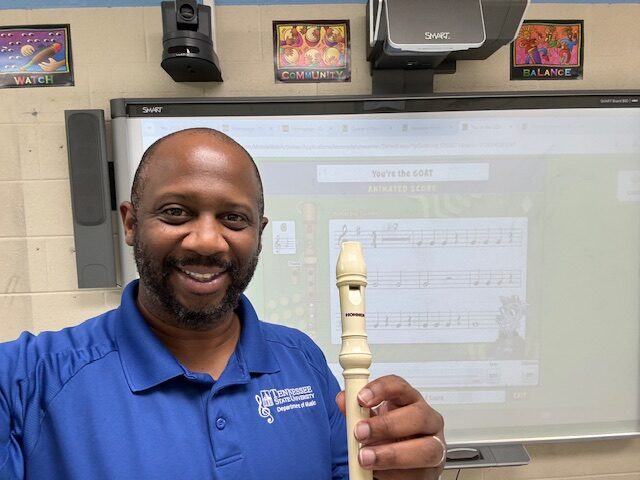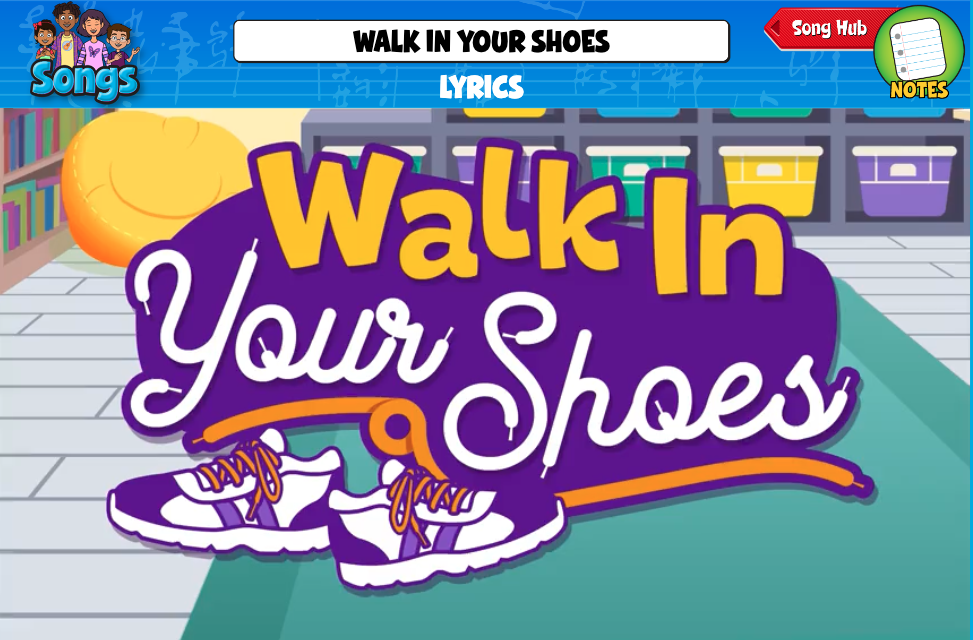As a Classroom Tool and a County-Level Resource, “It’s simply the best.”
By Kristin Clark Taylor
There’s a whole lot of love in Leon County.
In fact, “love” is the word that many Florida educators use when they’re asked to describe how they feel about QuaverEd.
Amongst elementary music educators, it’s the word that really seems to register – figuratively and literally.
Mary Register, an elementary music teacher at Gilchrist Elementary in Leon County, Florida, explains why.
“I love Quaver because it gives me exactly what I need, exactly when I need it, based on the various needs of my students,” she says.
Mary delves a little deeper into how the Quaver curriculum allows her to reach different age levels and teach to different capabilities. She definitely has a strategy:
For her younger students – kindergarten to third grade – she says she uses the lessons in a very straightforward, sequenced manner.
“Structure, sequence, and repetition are very important at this early stage of learning, so for the little ones, I usually teach the units just as they are chronologically presented,” she says.
But in 4th and 5th grades, as the building blocks of learning grow higher, Mary uses Quaver a bit differently. Here’s how:
“I usually stretch out a little with my older students,” she says. “At this stage of learning, they’re ready to skip around in sequence a little more often.”
And here, she reaches for two more words that describe what she appreciates most about Quaver. Customization and flexibility.
“At this level, when we’re doing more hands-on work and exploration, being able to customize the lessons makes a huge difference,” she says appreciatively. “Quaver gives me greater flexibility and freedom to choose what works best.”
This kind of flexibility, she says, is valuable to both the teacher and the student. “The lessons are designed in a way that allows you to make it your own,” Mary says.
Songs like “Clap a Rhythm,” for example, require student engagement and participation – a great way for students to understand and appreciate the concept of rhythm because they’re creating it themselves.
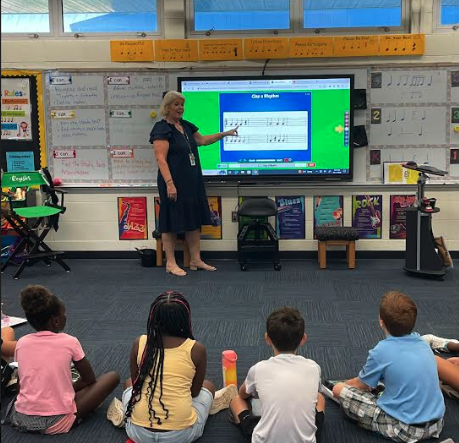
Mary Register guides her students through “Clap a Rhythm,” a favorite Quaver lesson, she says, “because it encourages engagement and invites participation.”
Interestingly, Mary’s experiences with Quaver extend far beyond the classroom.
In addition to being an elementary music teacher, Mary’s also a Leon County Elementary Music Curriculum Specialist, a position that requires collaboration and information-sharing amongst other educators.
Again, Quaver rises to the challenge.
In this role, Mary coordinates the efforts of all of the elementary music teachers throughout Leon County.
“All of us meet regularly to highlight what’s new in the curriculum and to share how we’re using Quaver in our own classrooms,” she says.
And here, Mary reaches for two more words to describe what makes Quaver so great – but this time from a county-wide perspective: Collaboration and Inspiration.
“Because all of the county’s elementary music teachers are not all on the same rotation, information-sharing becomes extremely important,” Mary explains. “We all use Quaver differently.”
“But because Quaver is our common focal point,” she continues, “collaboration becomes possible – and having this common springboard also helps us bring out the creativity in one another, which is a real inspiration,” she says.
As we wind down the interview, Mary offers up five important words that pretty much say it all:
“Quaver is simply the best.”
Kristin Clark Taylor is an author and a journalist.
For more information on QuaverEd, visit www.quavered.com.
***
